15 Cities Known for Their Remarkable Architecture Through the Ages
Architecture tells the story of a city’s evolution, revealing much about its past. From ancient structures to modern designs, each city holds a unique architectural legacy. Whether it is the intricate details of medieval buildings or the clean lines of contemporary skyscrapers, architecture shapes the identity of a place. Travelers often seek out cities where architecture is not just functional, but also artistic. If you appreciate architectural wonders, these cities will surely captivate you.
This post may contain affiliate links, which helps keep this content free. Please read our disclosure for more info.
Rome, Italy
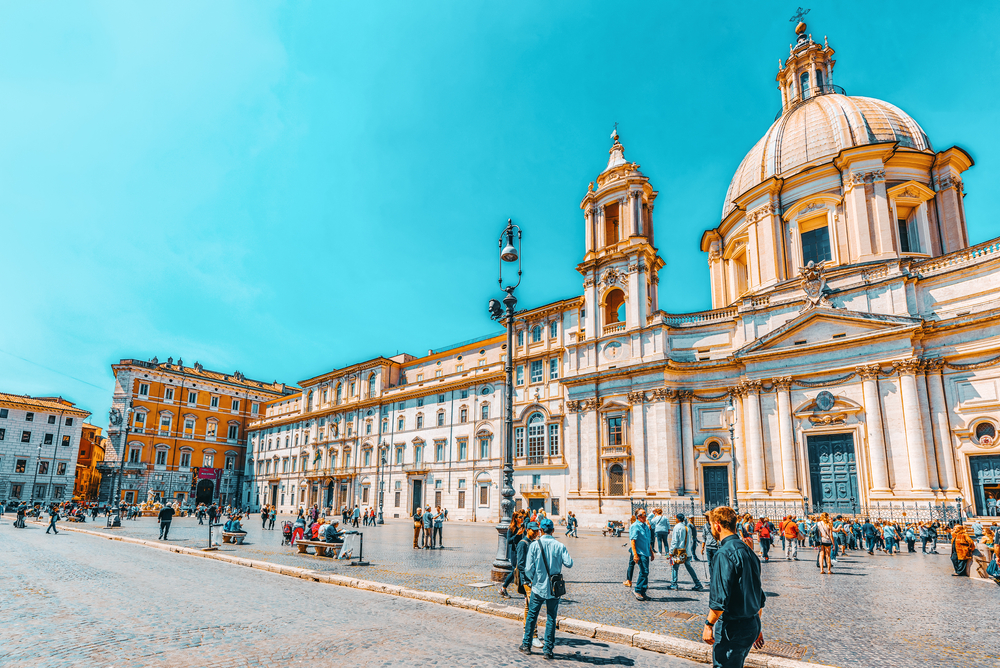
Rome is a living testament to ancient architecture and design, offering some of the world’s most iconic structures. The Colosseum, Pantheon, and Roman Forum are just a few examples of its rich history, showcasing the power and ingenuity of the Roman Empire. In addition to these ancient marvels, Rome’s Baroque churches and fountains further add to its architectural allure. The city’s streets are lined with history, offering a blend of ancient ruins and Renaissance beauty.
Today, Rome continues to draw visitors from all over the world who seek to experience its architectural grandeur. The city’s layered history is evident in its diverse buildings, from medieval structures to 19th-century monuments. Walking through Rome feels like taking a journey through time. It is no wonder that Rome remains one of the most admired cities for its architecture.
Paris, France
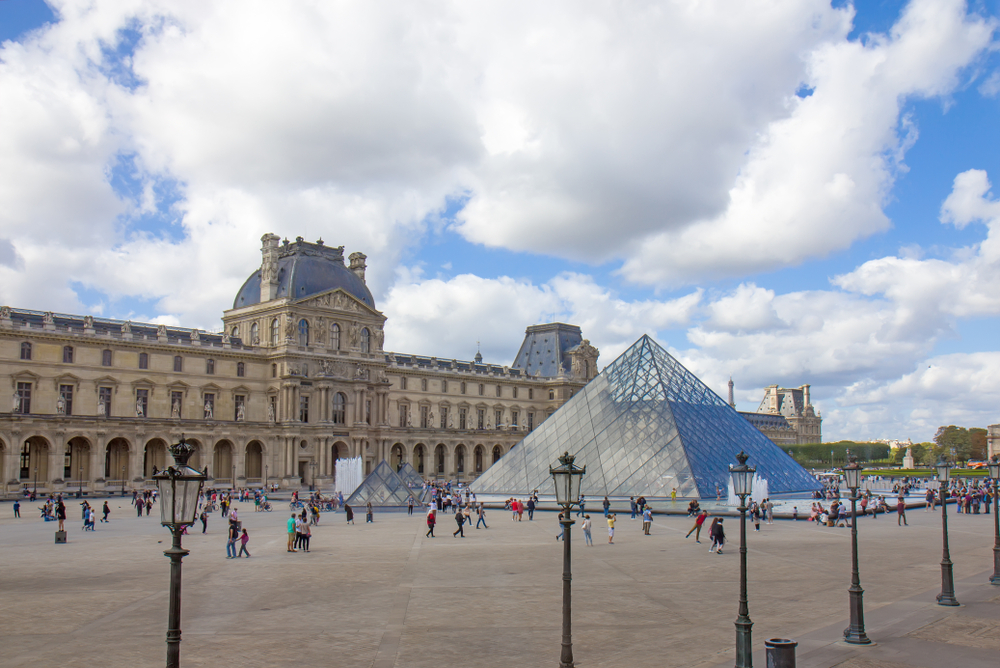
Paris is known for its elegant blend of classic and modern architecture, making it one of the most visually stunning cities in the world. From the Gothic style of Notre-Dame to the neoclassical beauty of the Panthéon, Paris reflects centuries of design evolution. The city’s layout, with its wide boulevards and grand squares, showcases the influence of Baron Haussmann’s urban planning. Modern landmarks like the glass pyramid at the Louvre offer a striking contrast to the historic buildings around them.
As you explore Paris, the beauty of the Eiffel Tower, the Arc de Triomphe, and the sweeping curves of the Seine river remind you of the city’s architectural diversity. Paris has always been a hub for artists and architects alike, and its streets are full of iconic designs that have stood the test of time. Whether you are a lover of classical art or modern structures, Paris offers a perfect balance. This city’s architecture has earned it a reputation as one of the world’s most captivating capitals.
Barcelona, Spain
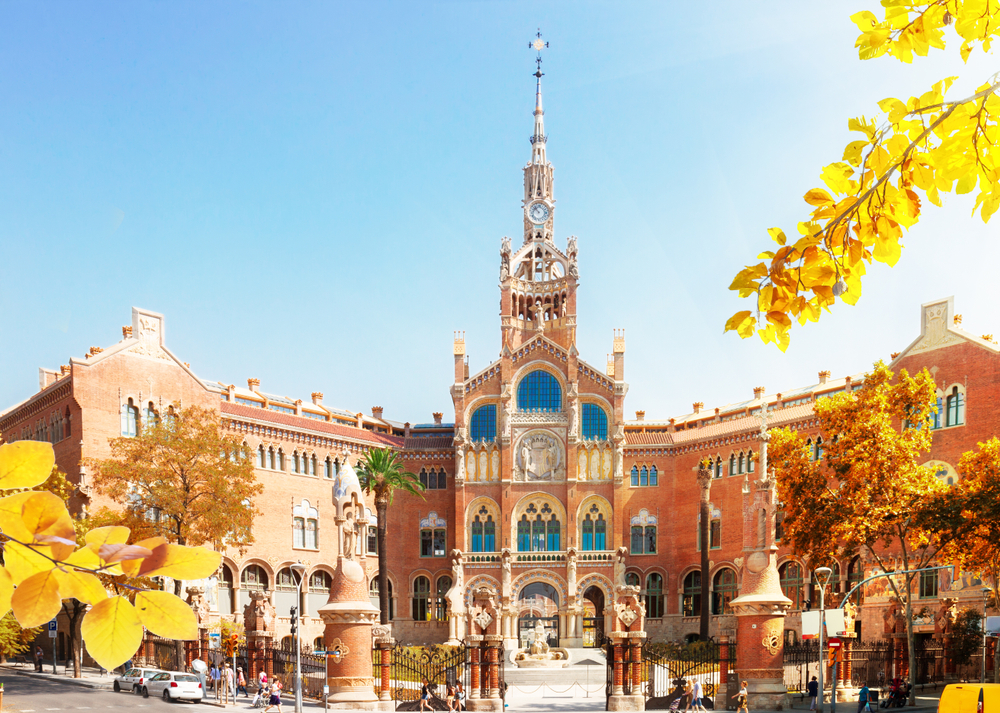
Barcelona is a city that stands out for its innovative and creative architecture, with Antoni Gaudí’s works leading the charge. His masterpieces, such as the Sagrada Familia and Park Güell, showcase his unique style, blending natural forms with religious symbolism. The Gothic Quarter adds a medieval touch to the city, with its narrow alleys and ancient buildings. Modernist buildings like Casa Batlló and La Pedrera make Barcelona an architectural haven.
The city’s architectural landscape is an eclectic mix of influences, ranging from Romanesque to modernism, and each area offers a different experience. Walking through Barcelona feels like stepping into a work of art, with buildings designed to tell stories. The streets are lined with beautifully crafted facades, offering endless opportunities for architectural exploration. Barcelona’s architecture is not only visually stunning but also reflects the city’s progressive spirit.
Cairo, Egypt
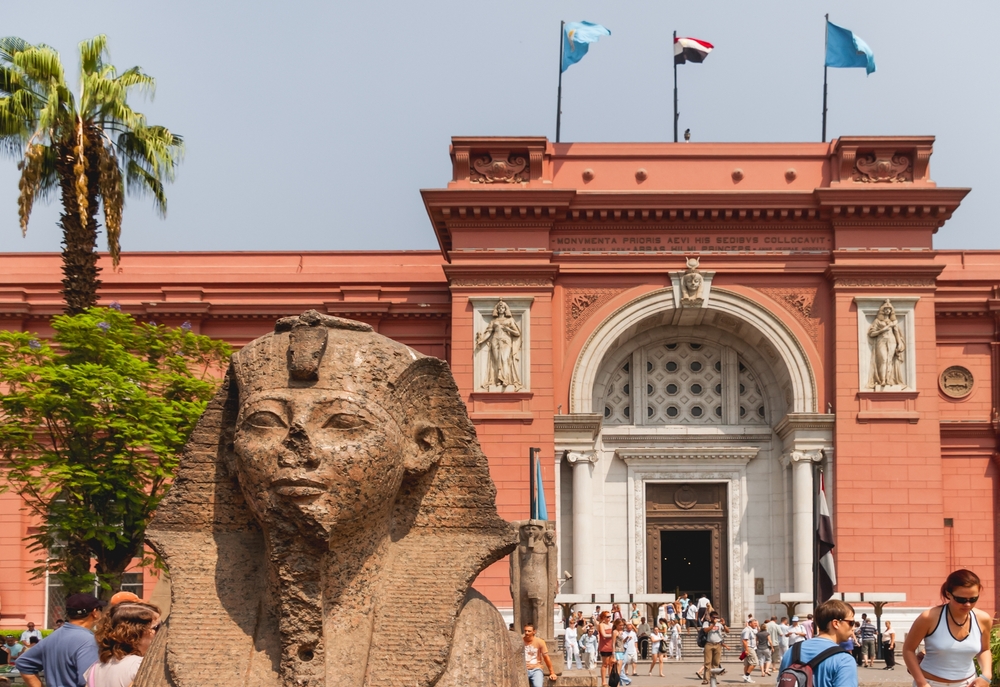
Cairo, the sprawling capital of Egypt, is a city steeped in ancient history, with some of the most famous architectural landmarks in the world. The Great Pyramids of Giza, the Sphinx, and the Egyptian Museum are monumental structures that draw millions of visitors each year. The city’s Islamic Cairo district features stunning mosques and monuments from the medieval Islamic period, offering a stark contrast to its ancient sites. Modern Cairo is an exciting blend of contemporary skyscrapers and classical Islamic designs.
Cairo’s architecture is a direct reflection of its layered history, from ancient Egyptian to Islamic, colonial, and modern influences. The city’s iconic skyline, with its mixture of old and new, tells the story of its evolution. It is home to some of the most significant architectural feats of ancient Egypt, as well as impressive Islamic and modern structures. Exploring Cairo provides a window into the city’s rich architectural heritage, which continues to evolve.
Istanbul, Turkey
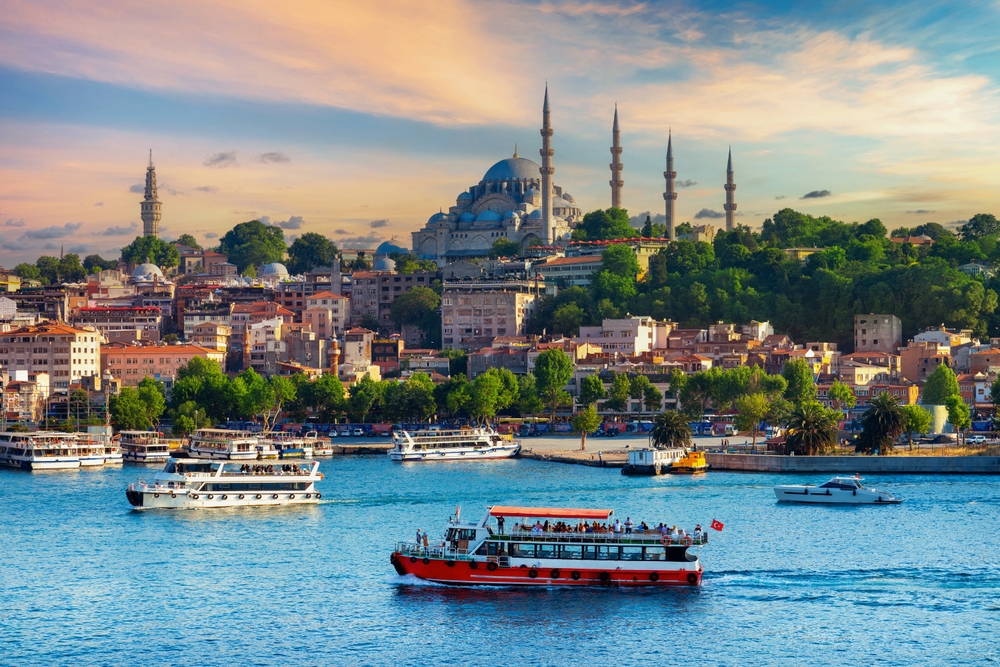
Istanbul stands at the crossroads of Europe and Asia, offering an incredible mix of architectural styles influenced by both East and West. The city’s most famous landmarks include the Hagia Sophia, Topkapi Palace, and the Blue Mosque, each showcasing the glory of the Byzantine and Ottoman empires. The blend of Byzantine domes and Ottoman minarets with modern Turkish designs creates a unique architectural landscape. Its historic peninsula, filled with mosques, churches, and palaces, speaks to Istanbul’s long and complex history.
Istanbul’s architecture also reflects the city’s position as a melting pot of cultures and religions. The city is filled with impressive examples of Byzantine and Ottoman architecture, but contemporary designs are starting to make their mark. From the minarets to the Bosphorus bridges, Istanbul’s skyline is a mixture of old and new. The city continues to be an important cultural and architectural hub, where the East and West meet.
Athens, Greece
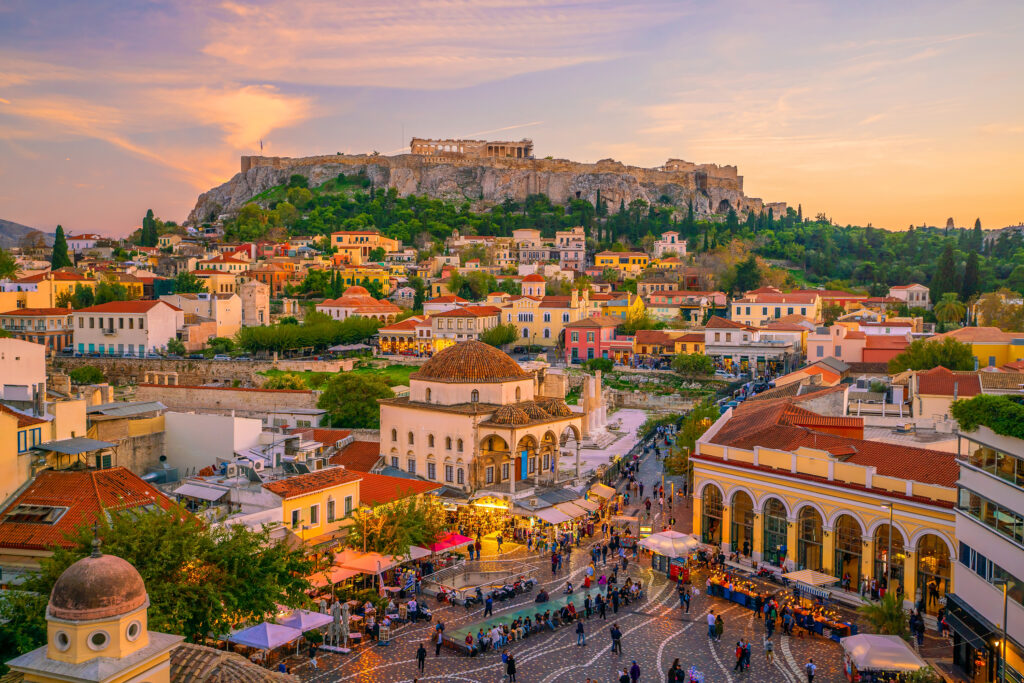
Athens is often referred to as the cradle of Western civilization, and its architecture reflects this important role. The Acropolis, home to the Parthenon, is one of the most significant architectural sites in the world. The ancient Greek temples, theaters, and monuments that dot the city speak to a time when art, science, and philosophy flourished. In addition to ancient ruins, Athens boasts neoclassical buildings and modern Greek structures that showcase the city’s dynamic architectural history.
The combination of ancient monuments and modern structures makes Athens an architectural treasure trove. Buildings like the National Library and the Academy of Athens reflect the city’s neoclassical influence, while modern designs such as the Stavros Niarchos Foundation Cultural Center show its evolution. Athens’ streets are filled with a wide variety of architectural styles, offering a unique blend of old-world charm and contemporary design. It remains a city where the past and present coexist in perfect harmony.
London, England
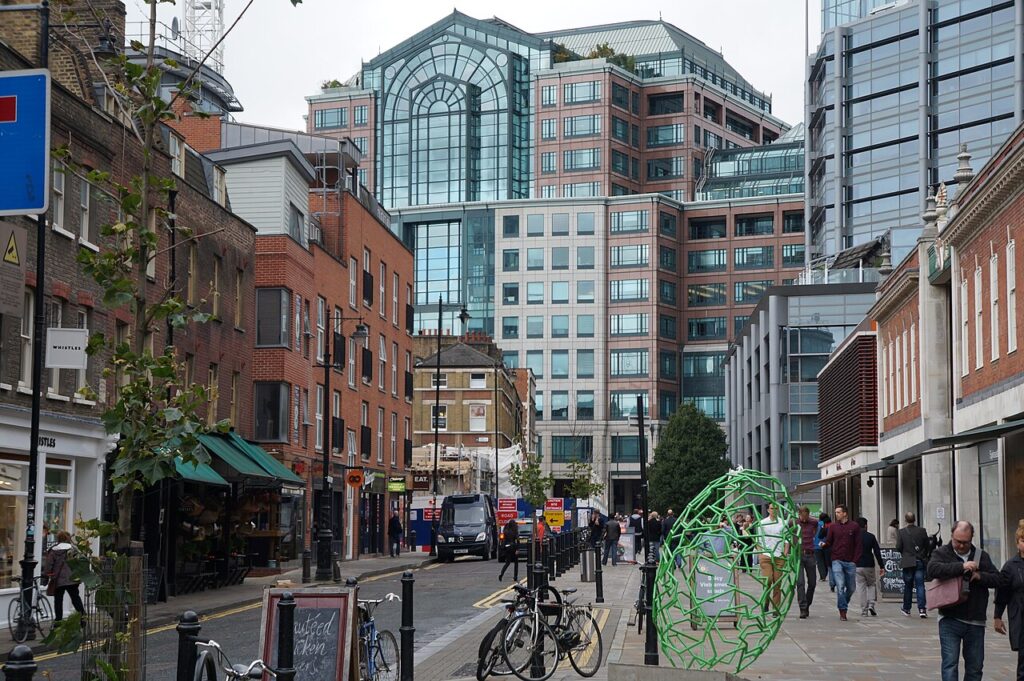
London is one of the world’s most iconic cities when it comes to architecture, offering a blend of historic landmarks and modern marvels. The Tower of London, Westminster Abbey, and St. Paul’s Cathedral are just a few of the city’s classic structures that have stood for centuries. London’s modern architecture is equally impressive, with buildings like the Shard and the London Eye dominating the skyline. The city is an architectural fusion of medieval, Georgian, Victorian, and contemporary styles.
The city’s diversity in architecture is a reflection of its diverse history, with each period of design leaving its mark on the cityscape. From the classical beauty of Buckingham Palace to the contemporary flair of the Gherkin, London’s architecture continues to evolve. Walking through London offers the opportunity to witness centuries of architectural innovation. This ever-changing city remains a hub of design, attracting architects and enthusiasts from around the globe.
New York City, USA

New York City is one of the world’s most influential cities, and its architecture is a symbol of its economic power and cultural significance. Iconic buildings such as the Empire State Building, the Chrysler Building, and the Statue of Liberty have become synonymous with the city itself. The skyline is constantly changing, with cutting-edge designs like the One World Trade Center and Hudson Yards. Central Park’s historical bridges and statues add a touch of nature to the city’s urban landscape.
New York’s architecture represents the evolution of design, from the early 2’th century skyscrapers to the modern glass structures of today. The city’s diverse neighborhoods, from Manhattan’s towering buildings to Brooklyn’s brownstones, showcase a wide range of architectural styles. These designs tell the story of New York’s growth and transformation. The city’s skyline continues to impress, with new buildings constantly pushing the boundaries of architectural innovation.
Dubai, United Arab Emirates
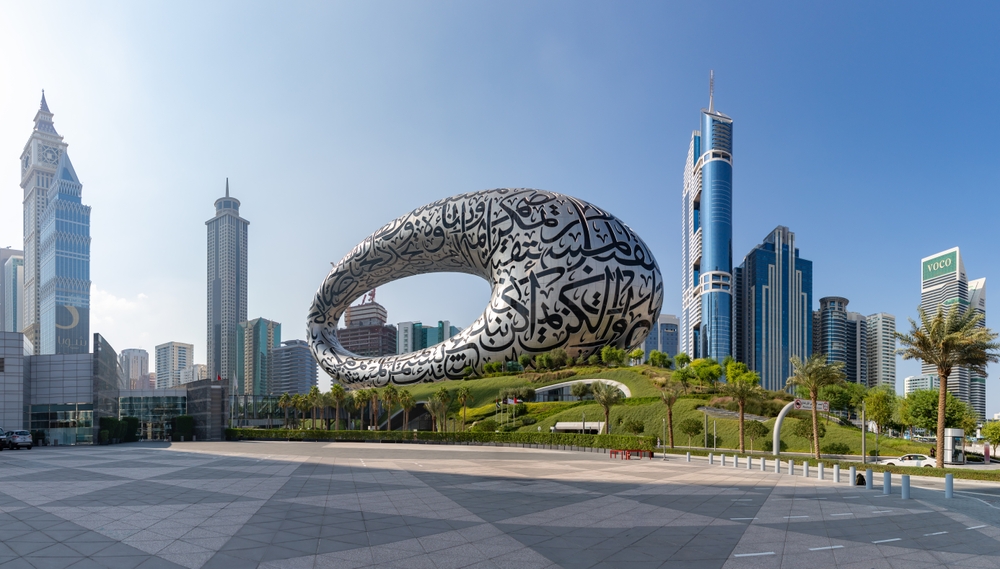
Dubai’s architecture is nothing short of spectacular, blending traditional Arabian designs with futuristic structures. The city is home to the Burj Khalifa, the tallest building in the world, as well as the Palm Jumeirah, an artificial island shaped like a palm tree. Dubai’s skyline features some of the most ambitious and innovative designs, with structures like the Burj Al Arab and the Museum of the Future setting new standards. The city’s rapid development has seen its architecture shift from traditional Arabian-style buildings to sleek, modern towers.
Dubai’s commitment to innovation and luxury is evident in its architectural wonders, which are built with both form and function in mind. The city is a global hub for architecture, with designers from all over the world creating new and extraordinary buildings. Dubai’s landscape is constantly evolving, with projects like the Dubai Creek Tower and the Dubai Opera House pushing the limits of what is possible. It is a city where the future is being shaped today, one remarkable building at a time.
Florence, Italy
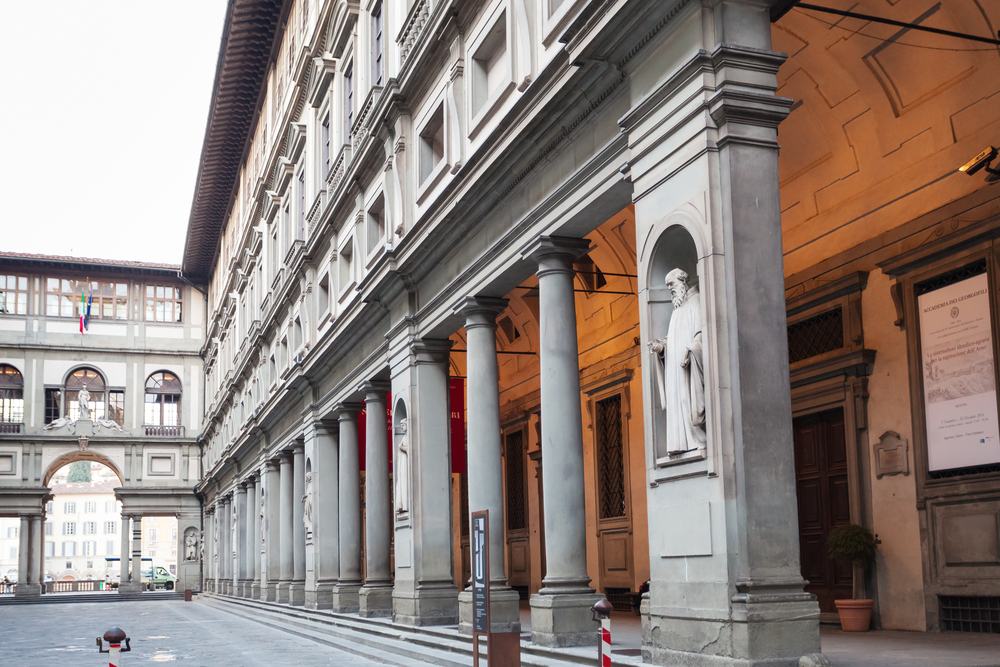
Florence is often considered the birthplace of the Renaissance, and its architecture reflects this artistic revolution. The Florence Cathedral, with its famous dome by Brunelleschi, stands as one of the city’s most recognizable landmarks. The city is filled with Renaissance palaces, churches, and piazzas that have influenced architecture around the world. Florence’s historic center is a UNESCO World Heritage site, preserving the grandeur of its artistic and architectural past.
In addition to its Renaissance beauty, Florence also boasts medieval structures and modern designs that complement its historical charm. The Uffizi Gallery, Ponte Vecchio, and Palazzo Vecchio are prime examples of the city’s architectural legacy. Walking through Florence is like stepping into an open-air museum, where each corner reveals a new masterpiece. The city’s beauty and architectural significance continue to inspire artists, architects, and travelers alike.
Prague, Czech Republic
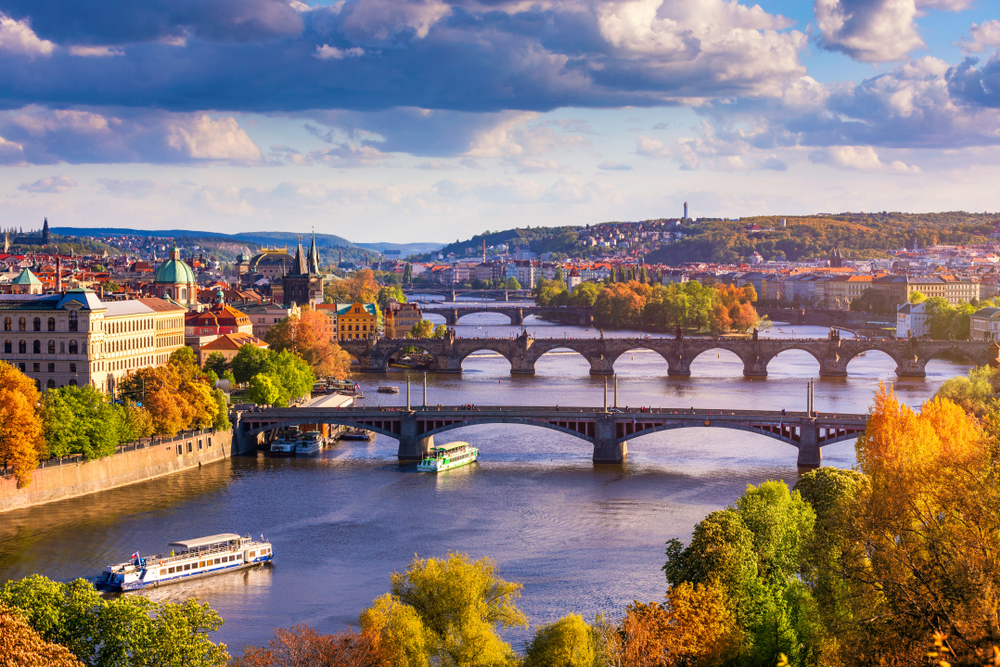
Prague is a city known for its stunning medieval and Baroque architecture, offering a step back in time with every corner. The Prague Castle, Charles Bridge, and Old Town Square are just a few of the city’s most notable historical landmarks. The city’s unique blend of Gothic, Romanesque, and Baroque styles creates a picturesque landscape that draws visitors from all over the world. The Astronomical Clock and St. Vitus Cathedral are other examples of Prague’s architectural treasures.
Prague’s compact size makes it easy to explore, and its buildings have been carefully preserved for centuries. The city’s skyline features a variety of spires, domes, and towers, each representing different historical periods. As you walk through the streets, you will encounter medieval alleys, grand palaces, and beautiful churches. Prague’s architecture continues to captivate those interested in history and design.
Venice, Italy
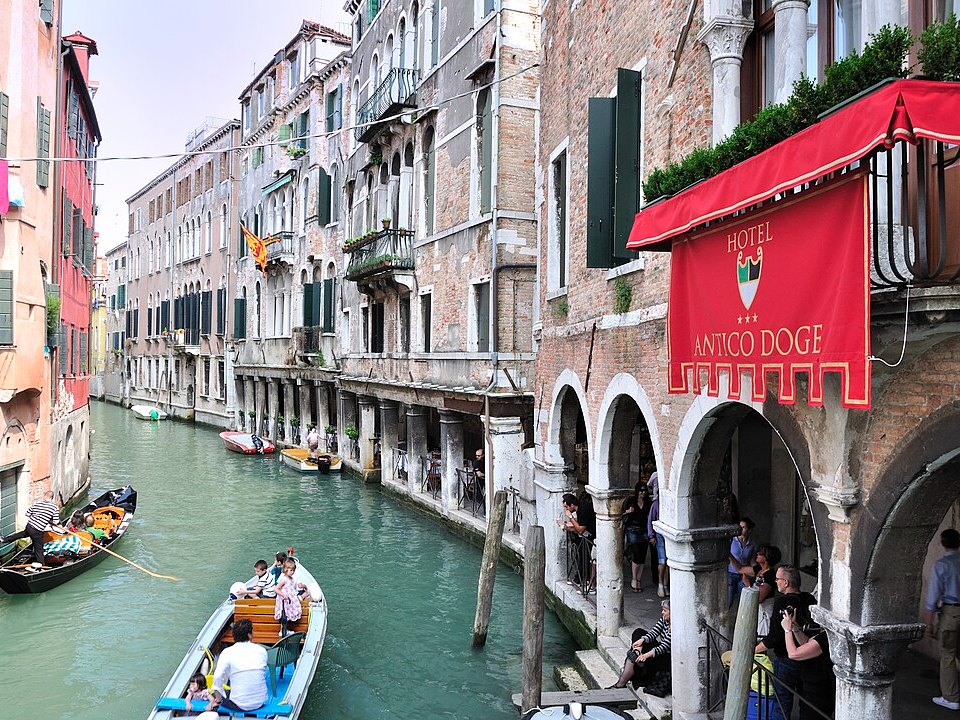
Venice is one of the most unique cities in the world, with its architecture being just as remarkable as its canals. The city is filled with Venetian Gothic palaces and churches, each telling the story of Venice’s prosperous past. St. Mark’s Basilica, the Doge’s Palace, and the Rialto Bridge are iconic structures that reflect the city’s rich history. Venice’s architecture is a fusion of Byzantine, Romanesque, and Renaissance styles, making it a fascinating city for design enthusiasts.
The city’s waterfront buildings, with their colorful facades and intricate details, provide a unique contrast to the bustling canals. Venice’s architecture speaks to the city’s connection to the sea and its role as a powerful trading center. The grandeur of the palaces and the charm of the narrow streets make Venice an architectural masterpiece. Despite challenges posed by rising sea levels, Venice continues to be a top destination for those interested in its historical beauty.
Beijing, China
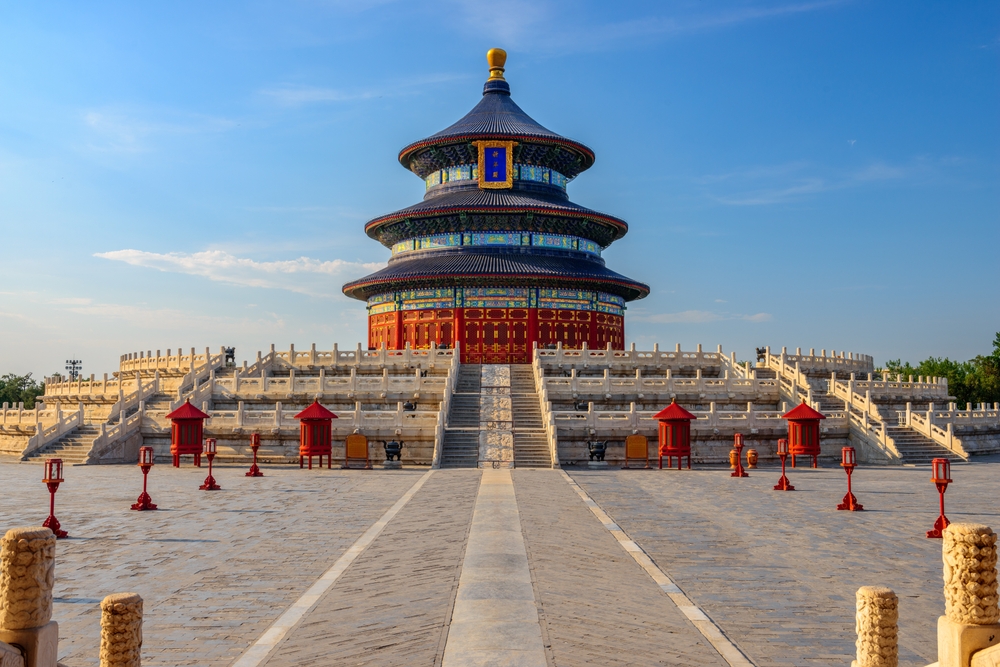
Beijing, the capital of China, boasts a long history of architectural achievement. The Forbidden City, the Temple of Heaven, and the Great Wall are all architectural marvels that showcase China’s ancient power and ingenuity. Beijing’s blend of imperial Chinese architecture and modern designs creates an impressive cityscape. The city is home to a mix of traditional wooden buildings, towering skyscrapers, and public spaces designed with cultural significance.
Modern Beijing is a blend of old and new, with architectural styles that reflect the city’s evolving identity. The city is constantly being shaped by new designs, such as the Beijing National Stadium (Bird’s Nest) and the CCTV Tower. These buildings stand alongside historic monuments, making Beijing a unique place where the ancient and modern coexist. It is a city that represents China’s rich history and its growing global presence.
Vienna, Austria
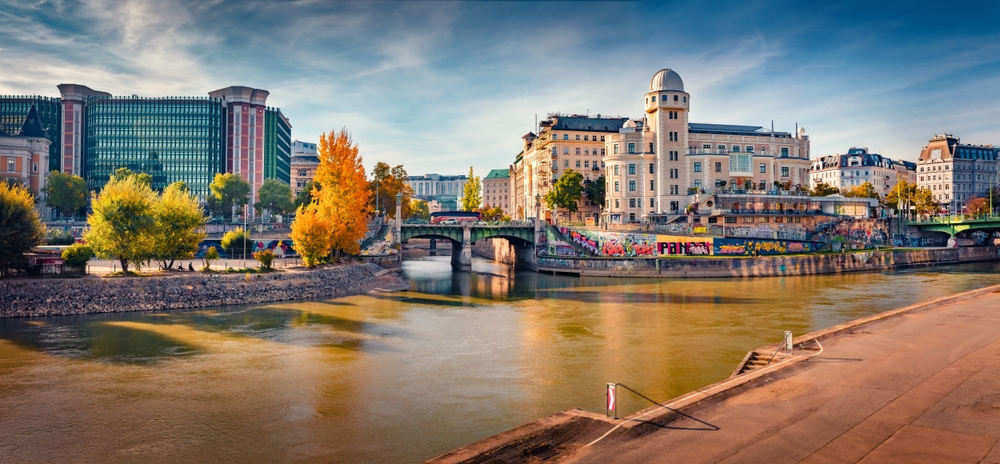
Vienna is a city known for its elegant imperial architecture and rich cultural history. The Hofburg Palace, Schönbrunn Palace, and St. Stephen’s Cathedral are some of the city’s most iconic buildings, each showcasing the grandeur of the Austro-Hungarian Empire. The city’s classical architecture is complemented by modern structures like the Hundertwasserhaus, designed by artist Friedensreich Hundertwasser. Vienna’s historic buildings are a testament to the city’s long-standing cultural importance.
Vienna is a city where history and modernity come together in harmony, with its architectural landscape reflecting centuries of artistic achievement. The city’s palaces and churches exude royal grandeur, while its modern buildings add a new dimension to the city’s design. Whether you are strolling through its grand squares or admiring the intricate details of its historic buildings, Vienna offers a truly unique architectural experience. The city continues to inspire artists, architects, and travelers from all over the world.
Kyoto, Japan

Kyoto, once the capital of Japan, is home to some of the country’s most well-preserved traditional architecture. The Kinkaku-ji (Golden Pavilion), Fushimi Inari Shrine, and Kiyomizu-dera Temple are just a few examples of Kyoto’s architectural heritage. The city is famous for its wooden teahouses, traditional Japanese gardens, and stunning pagodas that have been preserved for centuries. Kyoto’s architectural beauty lies in its simplicity, with designs that emphasize harmony and natural materials.
Kyoto’s architecture is a reflection of Japan’s cultural and spiritual values, making it a city of deep historical significance. The city’s ancient structures blend seamlessly with its natural surroundings, creating a peaceful atmosphere that invites contemplation. Kyoto is a place where visitors can immerse themselves in the beauty of Japanese design, from the intricate details of temple interiors to the peaceful tranquility of Zen gardens. Its traditional architecture continues to be a source of pride for the city and an inspiration for architects worldwide.
This article originally appeared on Avocadu.
